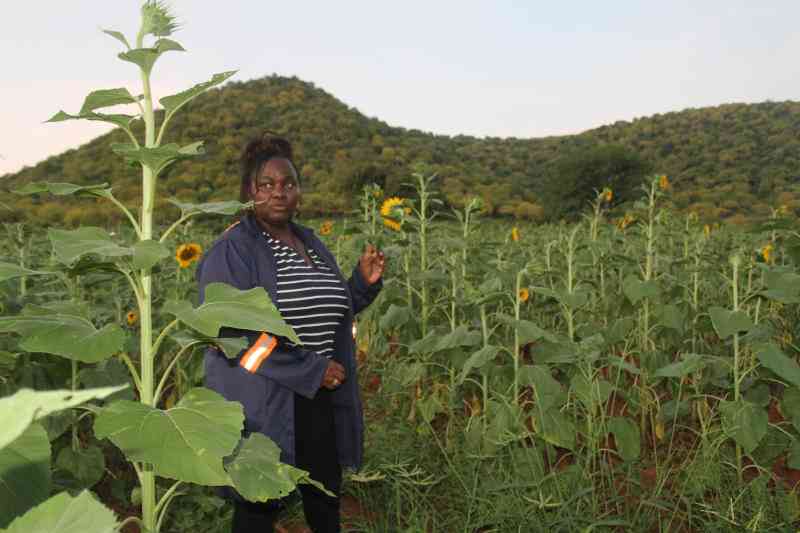
Irrigation is the application of controlled amounts of water to plants for increased agricultural production.
There are different types of irrigation which include; sprinkler irrigation, surface, drip and manual.
Irrigation increases crop yield that can help prevent famine.
Farmers can cultivate superior crops with the availability of water supply required for the crops.
It also improves water conditions in the soil that aids in the transportation of nutrients from the soil to the plants.
Research and findings
A new study published in the Climate Dynamics journal carried out in India suggests that irrigation practices may affect more than just groundwater tables.
Shocking, right? Having in mind that we grew up knowing that irrigation boosts crop yield.
It turns out, researchers report that it depletes groundwater and fresh water, especially when coupled with climate change.
According to downtoearth.org, the Indian Institute Of Technology researchers from the Centre for Atmospheric Sciences in Delhi used computer simulations and advanced global climate models to collect data on the effects of irrigation on the climate in India.
They performed a couple of simulations with and without irrigation, with varying amounts of irrigation and keeping other factors like greenhouse gases, aerosols and land use contact, says the article.
The study found that irrigation decreased regional temperatures during crop growing seasons by three to four degrees in the most heavily irrigated areas.
Krishna AchutaRao, a professor at the Indian Institute of Technology, says “When the land surface absorbs sunlight, some of the energy is used up in evaporating the available water in the soil. If there is limited water, then more of that energy goes into heating up the surface.”
He went on, “If more energy goes into evaporating water, the surface is cooler."
The cooling affects the monsoon cycle and alters rainfall amounts differently in given regions, thus lowering differences in temperatures and low rainfalls.
Irrigation outcomes
The contrast in temperatures between lands and oceans triggers the reverse in wind patterns and increased precipitation. This causes floods and drought, which is a threat to farms and residents.
Excess use of water during irrigation than it is replenished reduces the amount of water in groundwater resources.
Farmers ought to learn measures to take during irrigation to ensure they don’t over-irrigate.
Kenya has been undergoing rapid climate change where floods and drought cases have been encountered in various parts of the country.
Want to get latest farming tips and videos?
Join Us
 The Standard Group Plc is a multi-media organization
with investments in media platforms spanning newspaper print operations,
television, radio broadcasting, digital and online services. The Standard Group
is recognized as a leading multi-media house in Kenya with a key influence in
matters of national and international interest.
The Standard Group Plc is a multi-media organization
with investments in media platforms spanning newspaper print operations,
television, radio broadcasting, digital and online services. The Standard Group
is recognized as a leading multi-media house in Kenya with a key influence in
matters of national and international interest.
 The Standard Group Plc is a multi-media organization
with investments in media platforms spanning newspaper print operations,
television, radio broadcasting, digital and online services. The Standard Group
is recognized as a leading multi-media house in Kenya with a key influence in
matters of national and international interest.
The Standard Group Plc is a multi-media organization
with investments in media platforms spanning newspaper print operations,
television, radio broadcasting, digital and online services. The Standard Group
is recognized as a leading multi-media house in Kenya with a key influence in
matters of national and international interest.







